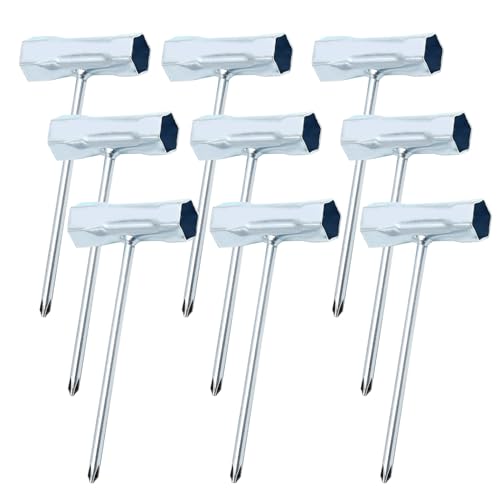What modern saw is lasting 3k-3500 hours?

8 hours/day x 5 days/week x 30 weeks/year x 3 years = 3,600 hours
Three years of regular use seems very reasonable; most daily-use saws here see 3-5 years of use, companies that care for their equipment are seeing 4,000 to 4,500 hours of powerhead life. Companies that are rough on their stuff are seeing 2,500+, generally topping out at 3,000 hours.
I cannot speak for Husqvarna because that's not where my experience is*. Local tree services and landscapers seem to be getting that out of STIHL Pro saws, somewhat less for concrete cutting guys depending on if they take care of the equipment or
wham-bam-thank-you-mam slam it in the truck.
The MS 261, 462, and 661 series are popular around here and have a great track record. I think the MS 400 will also, it seems to be another solid saw.
---
*Locally Husqvarna is a popular high-end homeowner saw sold primarily at big-box stores. Owners consider them very reliable, fast, light, and low-vibration, and I agree. By comparison STIHL is heavier, slower, vibrates more, and costs more, however crews consider them easy to start, more precise (probably due to less vibration damping), and far more reliable/longer-lasting and having lower Total Cost of Ownership by a wide margin. BUT, some local STIHL dealers tend to soak homeowners and cater to crews, whereas Husqvarna parts can be bought online, so there's that. Remember too, this is Wisconsin, so things are different than on either of the coasts. I own STIHL and loved the Pro Huskies I've run, but haven't run Husky enough to comment on longevity.














 .
.